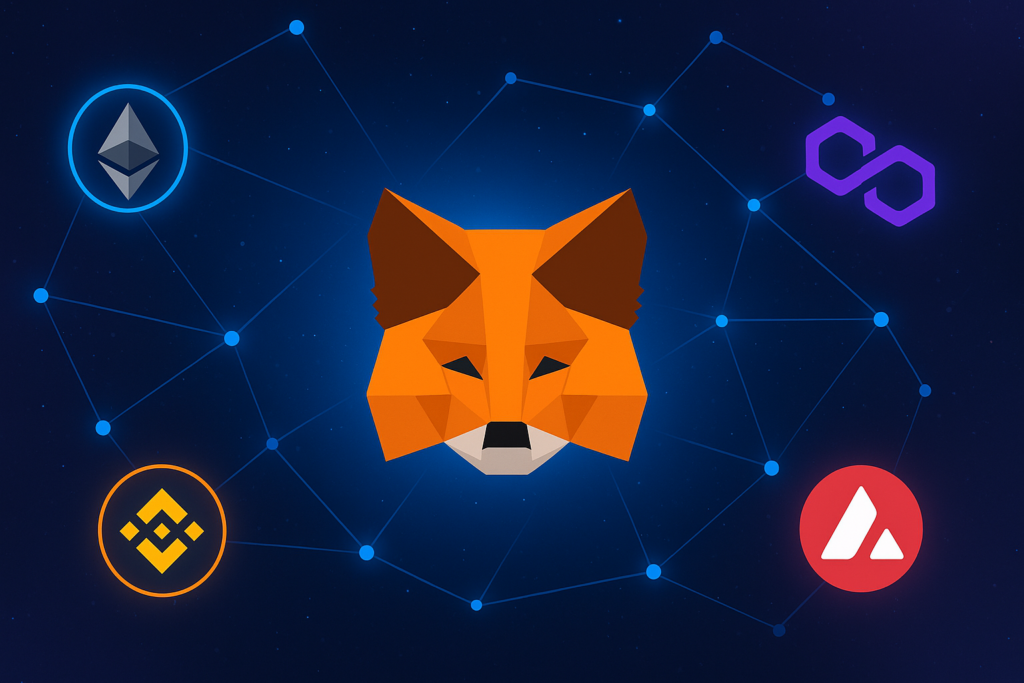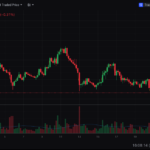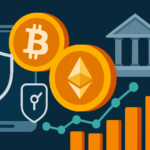Introduction
In the expanding world of decentralized finance (DeFi), wallets play a critical role in connecting users to dApps, exchanges, and blockchain ecosystems. Among them, MetaMask has become the most widely used DeFi wallet, acting as a bridge between users and the Ethereum blockchain — and increasingly, other networks as well.
🔹 What Is MetaMask?
MetaMask is a non-custodial crypto wallet that allows users to store, send, and receive cryptocurrencies while interacting directly with decentralized applications (dApps).
Originally launched in 2016 as a browser extension, MetaMask has since grown into a multi-platform wallet with both web and mobile apps.
Key features include:
- Private Key Ownership – Users control their funds with seed phrases.
- Multi-Network Support – Ethereum, BNB Chain, Polygon, Avalanche, and more.
- Web3 Integration – Seamless login and interaction with DeFi platforms.
- Token Swaps – Built-in exchange functionality.
💡 Why MetaMask Is Essential in DeFi
- Accessibility – Easy to install and use, even for beginners.
- DeFi Compatibility – Works with lending, yield farming, staking, and NFT marketplaces.
- Security – Non-custodial, meaning you own your keys and assets.
- Custom Networks – Add new blockchains via RPC to expand functionality.
⚖️ Pros and Cons
✅ Pros
- Wide adoption across the DeFi ecosystem
- Non-custodial and secure
- Supports multiple blockchains
- Free to use (aside from network fees)
❌ Cons
- Vulnerable to phishing attacks if users are careless
- Gas fees on Ethereum can be high
- Requires basic blockchain knowledge
📌 Conclusion
MetaMask has become the gateway to DeFi, empowering millions of users to take control of their crypto assets and interact with decentralized platforms. While it comes with some learning curve and security responsibilities, its flexibility and wide integration make it an essential tool in the Web3 era.
As DeFi adoption grows, MetaMask is likely to remain a cornerstone wallet, bridging users to a truly decentralized financial system.







